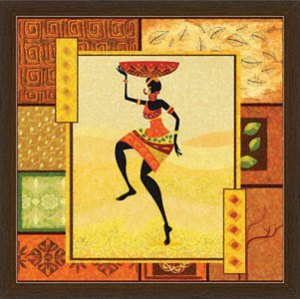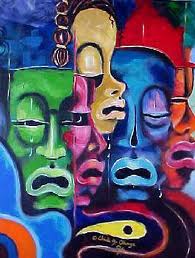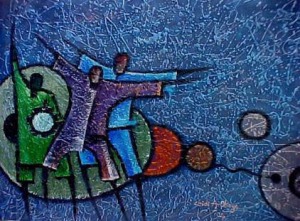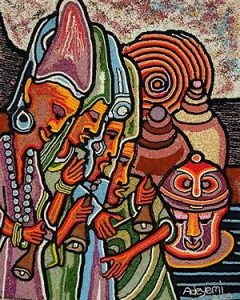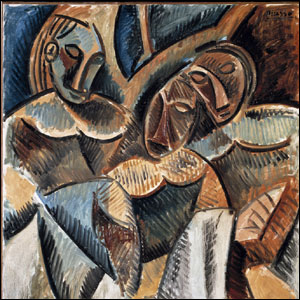Mask 1
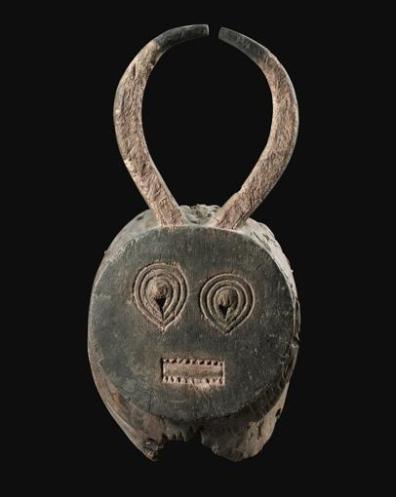
This mask is called the Baule Mask. It is used in tribal dances during harvest festivals, and in processions to honor visitors and at the funerals of important people. It is usually seen on the Ivory Coast. It represents life and the great power of the buffalo.
Mask 2
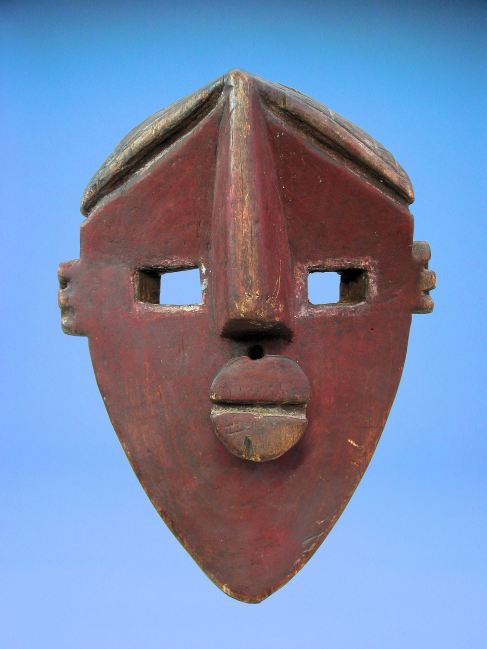
This mask is a Lwalwa mask, from Angola. This mask plays an important part in celebrations. They are especially used in the initiation of young men to adulthood.
Mask 3
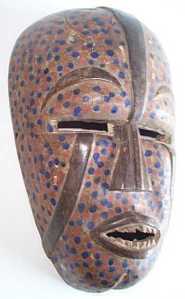
This mask is called the Woyo Mask. The colors in the mask have symbolic meaning, and they repaint it sometimes to renew the power. It is seen in the Woyo Tribe. They are used for ritual dances.
Statue 1

This is the African Fertility Statue. It is believed to have powers to help women conceive, even if doctors told them that they are infertile. The are found on the Ivory Coast of Africa.
Statue 2

This statue is the Nok Terracotta statue. They were found in Nigeria. Not a lot is known of the original function of the pieces, but theories include ancestor portrayal, grave markers, and charms to prevent crop failure, infertility, and illness. They are typically hollow. It is known as the oldest figurative sculpture.
